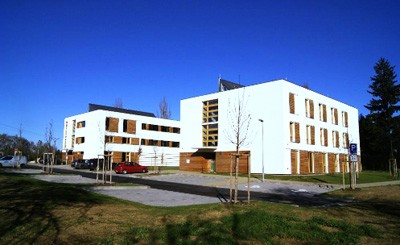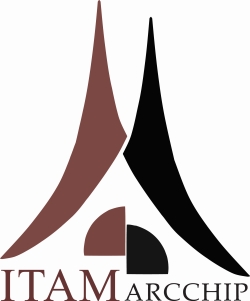|
Centre Telč
welcome to the website of the Centre Telč of the Institute of Theoretical and Applied Mechanics of the CAS, which provides information about realization and reasearch programme of this project.The project of building the research and development centre was co-funded under the Operational Programme Research and Development for Innovation from the European Regional Development Fund and from the state budget.
|
 |



















